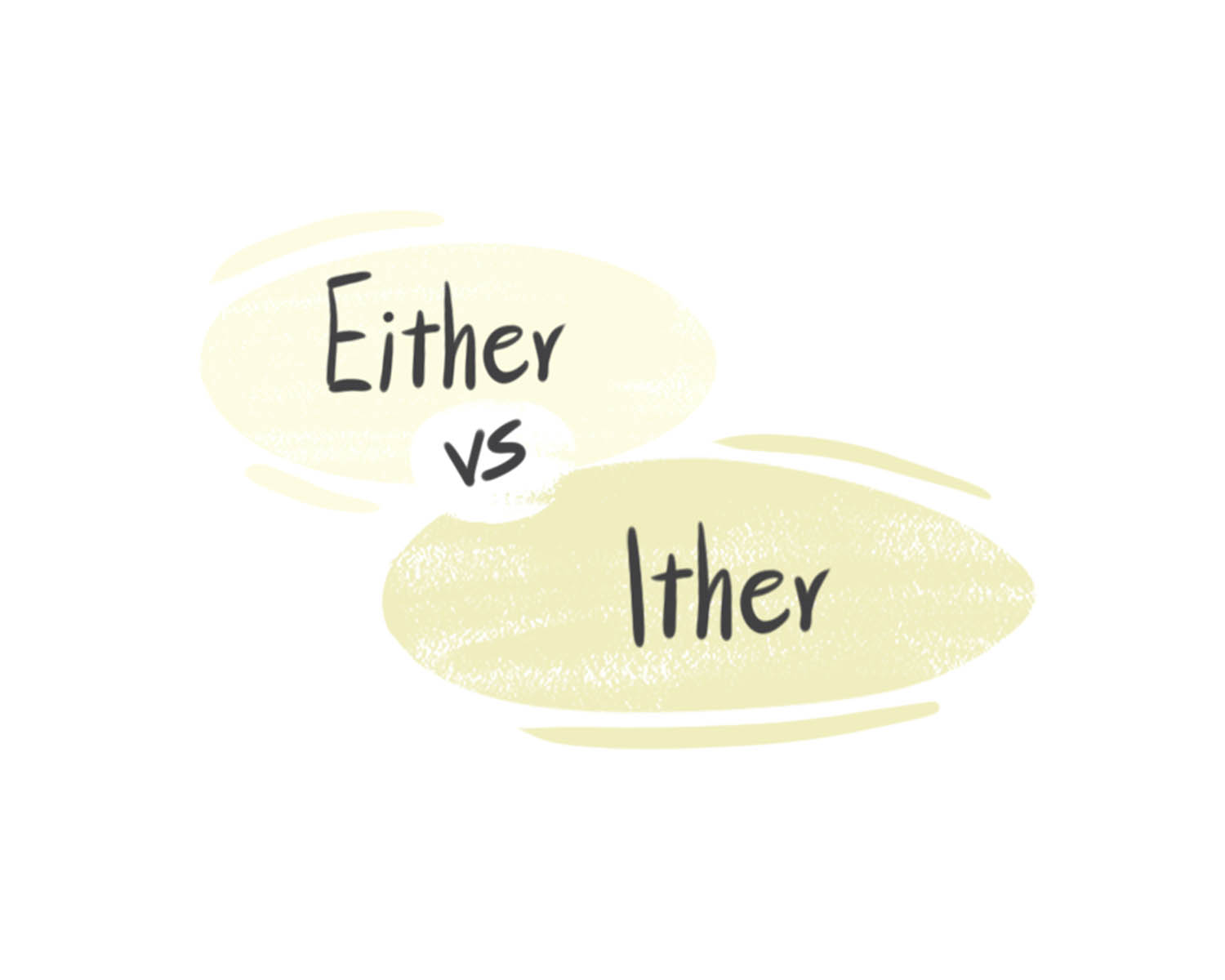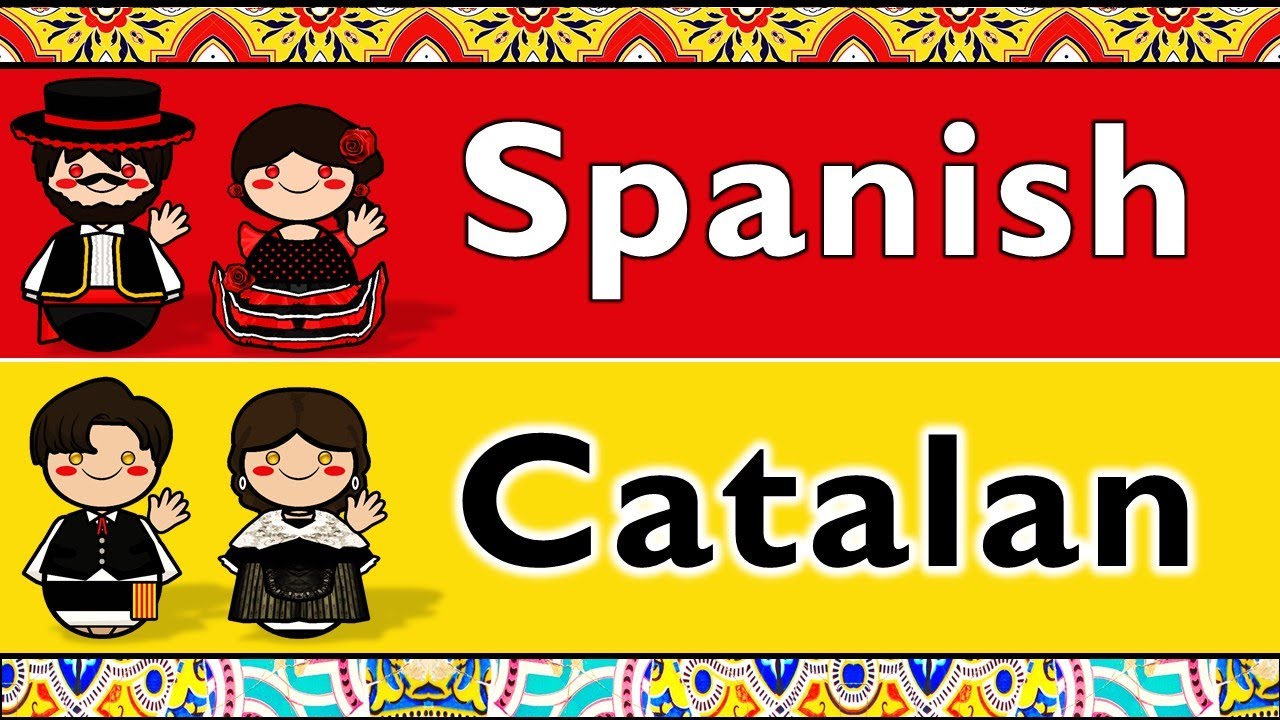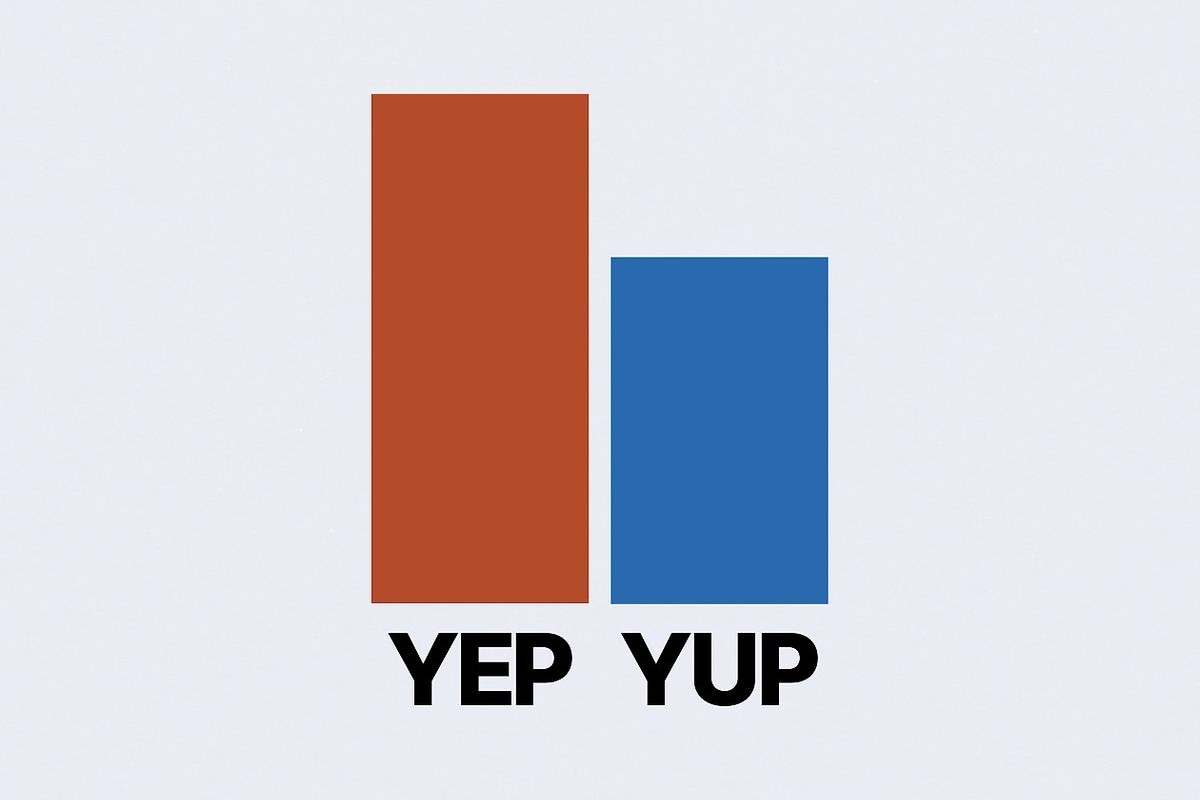Home>Language and Grammar>The Surprising Differences Between “K,” “OK,” And “Okay”


Language and Grammar
The Surprising Differences Between “K,” “OK,” And “Okay”
Published: February 4, 2024
Discover the nuances of "K," "OK," and "Okay" in language and grammar. Uncover the surprising differences and learn how to use them effectively.
(Many of the links in this article redirect to a specific reviewed product. Your purchase of these products through affiliate links helps to generate commission for Noodls.com, at no extra cost. Learn more)
Table of Contents
Introduction
In the realm of casual digital communication, the abbreviations "K," "OK," and "Okay" have become ubiquitous. While seemingly interchangeable, these expressions possess subtle yet intriguing differences that reflect the evolution of language and culture. From the concise "K" to the more elaborate "Okay," each term carries its own nuances, making them worthy of exploration.
As we delve into the origins and usage of these expressions, it becomes evident that they are not mere linguistic artifacts but rather windows into the complexities of human interaction. The journey from the succinct "K" to the more expressive "Okay" mirrors the evolution of communication in the digital age, offering insights into the psychology of language and the impact of brevity on our daily interactions.
Let's embark on a fascinating exploration of the surprising distinctions between "K," "OK," and "Okay," unraveling the layers of meaning and usage that distinguish these seemingly straightforward expressions.
The Origins and Evolution of "K," "OK," and "Okay"
The origins of "K," "OK," and "Okay" can be traced back to different time periods and cultural contexts, each with its own unique journey of evolution. The abbreviation "K" emerged as a concise form of "OK," representing a condensed version of the latter. Its usage can be attributed to the need for brevity in digital communication, where every character counts. The transition from "OK" to "K" reflects the modern inclination towards efficiency and speed in conveying acknowledgment or agreement.
On the other hand, "OK" has a more intricate history, with multiple theories surrounding its inception. One popular belief is that it originated in the United States during the 19th century, stemming from a facetious misspelling of "all correct" as "oll korrect." This humorous alteration eventually evolved into the widely recognized "OK," signifying approval or acceptance. Another theory links "OK" to Native American or African languages, attributing its adoption to cultural exchange and linguistic assimilation.
The term "Okay" represents a more elaborate form of acknowledgment, encompassing a broader range of meanings and emotions compared to its abbreviated counterparts. Its origins can be traced to the mid-19th century, with various theories suggesting influences from African, Choctaw, or Wolof languages. The evolution of "Okay" reflects the expansion of language and the incorporation of diverse linguistic elements into everyday communication.
The evolution of "K," "OK," and "Okay" mirrors the dynamic nature of language, showcasing the adaptability of expressions in response to technological advancements and cultural shifts. From the succinct "K" to the multifaceted "Okay," these terms exemplify the evolution of brevity and complexity in digital communication, offering a glimpse into the ever-changing landscape of language evolution.
In essence, the origins and evolution of "K," "OK," and "Okay" encapsulate the rich tapestry of linguistic development, where simplicity and intricacy intertwine to shape the way we express agreement and acknowledgment in the digital age.
The Linguistic and Cultural Significance of "K," "OK," and "Okay"
The linguistic and cultural significance of "K," "OK," and "Okay" extends far beyond their surface-level meanings, delving into the intricate tapestry of human communication and societal dynamics. These expressions serve as linguistic artifacts, reflecting the evolution of language and the diverse cultural influences that have shaped their usage.
The abbreviation "K" embodies a sense of conciseness and immediacy, aligning with the modern ethos of brevity in digital communication. Its linguistic significance lies in its ability to convey acknowledgment or agreement with minimal effort, epitomizing the efficiency-driven nature of contemporary language. Culturally, "K" reflects the rapid pace of communication in the digital age, where brevity is valued and instantaneous responses are the norm. This succinct expression transcends linguistic boundaries, resonating with individuals across diverse cultural backgrounds who prioritize efficiency and directness in their interactions.
In contrast, "OK" carries a more layered linguistic and cultural significance, rooted in historical contexts and societal nuances. Its origins, whether tied to humorous misspellings or cultural exchanges, underscore the intricate interplay between language and cultural evolution. Linguistically, "OK" represents a convergence of diverse influences, symbolizing the adaptability and assimilative nature of language. Culturally, "OK" embodies a sense of approval and affirmation, transcending linguistic barriers to become a universally recognized symbol of agreement and acceptance. Its widespread usage reflects the interconnectedness of global communication, where a seemingly simple expression serves as a unifying force across diverse cultural landscapes.
The term "Okay" amplifies the linguistic and cultural significance of acknowledgment and agreement, encompassing a broader spectrum of emotional resonance and contextual versatility. Linguistically, "Okay" represents an expansion of linguistic complexity, embracing a more elaborate form of acknowledgment that allows for nuanced expression of consent, reassurance, or understanding. Culturally, "Okay" reflects the richness of linguistic diversity, drawing from a multitude of linguistic influences to encapsulate a wide range of emotional and communicative nuances. Its usage transcends mere agreement, serving as a vehicle for empathy, solidarity, and validation in diverse cultural settings.
In essence, the linguistic and cultural significance of "K," "OK," and "Okay" illuminates the intricate interplay between language, society, and technology. These expressions serve as conduits for the transmission of meaning and emotion, reflecting the ever-evolving landscape of human communication and cultural exchange. As language continues to adapt to the demands of the digital era, the significance of "K," "OK," and "Okay" underscores the enduring power of language to bridge cultural divides and convey complex emotions in an increasingly interconnected world.
The Usage and Contextual Differences of "K," "OK," and "Okay"
The usage of "K," "OK," and "Okay" extends beyond mere acknowledgment or agreement, encompassing subtle contextual differences that reflect the nuances of human interaction. While these expressions share a common foundation of affirmation, their distinct usage patterns and contextual implications shape the dynamics of digital communication.
"K," with its minimalistic approach, is often employed in informal or expedient exchanges, where brevity takes precedence. Its usage conveys a sense of conciseness and informality, making it suitable for quick confirmations or casual interactions. In digital conversations, "K" serves as a swift and efficient means of signaling agreement or acknowledgment without delving into elaborate expressions, aligning with the contemporary preference for streamlined communication.
"OK," on the other hand, carries a broader spectrum of contextual applications, ranging from casual validation to formal consent. Its versatility allows it to traverse various communicative contexts, from professional correspondence to casual conversations. The usage of "OK" signifies affirmation, approval, or compliance, adapting to the tone and formality of the interaction. Whether used in business emails to denote agreement or in casual chats to indicate understanding, "OK" serves as a versatile tool for expressing consent and acknowledgment across diverse settings.
"Okay," with its expanded linguistic canvas, delves into deeper layers of contextual nuances, embracing a wider range of emotional and situational implications. Beyond mere agreement, "Okay" embodies empathy, reassurance, or validation, making it suitable for conveying understanding and support in complex interactions. Its usage transcends the realm of simple acknowledgment, resonating in contexts where emotional resonance and nuanced communication are paramount. From comforting a friend in distress to affirming a profound decision, "Okay" serves as a conduit for conveying empathy and solidarity in multifaceted interpersonal exchanges.
The contextual differences in the usage of "K," "OK," and "Okay" reflect the intricate interplay between brevity, versatility, and emotional resonance in digital communication. While "K" prioritizes efficiency, "OK" adapts to diverse communicative contexts, and "Okay" embraces emotional depth, collectively shaping the landscape of modern interaction. As these expressions continue to evolve in response to the dynamics of human communication, their contextual differences underscore the adaptability and richness of language in capturing the nuances of human expression in the digital age.
The Psychological Impact of "K," "OK," and "Okay" in Communication
The usage of "K," "OK," and "Okay" in communication extends beyond their surface meanings, delving into the realm of psychology and human interaction. These seemingly simple expressions carry psychological implications that influence the dynamics of digital communication.
The abbreviation "K," with its terse and direct nature, reflects the psychology of brevity and efficiency in modern communication. Its succinctness embodies the desire for swift acknowledgment and streamlined interaction, catering to individuals seeking prompt responses and minimalistic exchanges. From a psychological standpoint, the use of "K" in digital communication aligns with the preference for instant gratification and concise validation, catering to the psychological need for immediate acknowledgment and closure in conversations.
On the other hand, "OK" delves into the psychology of affirmation and validation, serving as a tool for establishing consent and agreement in communication. Psychologically, the usage of "OK" fosters a sense of reassurance and validation, catering to the human need for confirmation and approval in interpersonal exchanges. Whether in professional settings or casual conversations, the psychological impact of "OK" lies in its ability to provide a sense of closure and mutual understanding, addressing the inherent human desire for acknowledgment and validation in communication.
The term "Okay" transcends mere acknowledgment, delving into the psychology of empathy and emotional resonance in communication. Psychologically, the usage of "Okay" reflects the human need for empathy, support, and nuanced understanding in interactions. Its broader emotional canvas caters to the psychological intricacies of human communication, offering a means to convey empathy, reassurance, and solidarity in digital exchanges. From a psychological perspective, the use of "Okay" serves as a vehicle for validating emotions and fostering deeper connections in communication, addressing the fundamental human need for emotional resonance and understanding.
In essence, the psychological impact of "K," "OK," and "Okay" in communication reflects the intricate interplay between linguistic expression and human psychology. These expressions cater to the psychological nuances of acknowledgment, validation, and empathy, shaping the dynamics of digital communication in alignment with fundamental human needs and emotional intricacies.
The psychological impact of "K," "OK," and "Okay" underscores the profound influence of language on human interaction, addressing fundamental psychological needs and emotional dynamics in the digital age.
Conclusion
In conclusion, the exploration of "K," "OK," and "Okay" unveils the fascinating intricacies of language, culture, psychology, and communication in the digital age. These seemingly simple expressions, rooted in diverse historical and cultural contexts, transcend their surface meanings to reflect the evolving landscape of human interaction.
From the concise efficiency of "K" to the versatile affirmation of "OK" and the empathetic resonance of "Okay," each expression embodies a distinct linguistic, cultural, and psychological significance. The journey from the abbreviated "K" to the more elaborate "Okay" mirrors the evolution of language, encapsulating the modern preference for brevity and emotional depth in digital communication.
The origins and evolution of "K," "OK," and "Okay" highlight the adaptability of language to technological advancements and cultural exchanges, showcasing the dynamic nature of linguistic expression. These expressions serve as linguistic artifacts, reflecting the interplay between language, society, and technology, and the enduring power of language to bridge cultural divides and convey complex emotions in an increasingly interconnected world.
Furthermore, the usage and contextual differences of "K," "OK," and "Okay" underscore the nuanced dynamics of digital communication, catering to diverse communicative contexts and psychological intricacies. From swift confirmations to empathetic validations, these expressions shape the landscape of modern interaction, addressing fundamental human needs for acknowledgment, validation, and emotional resonance.
In the realm of psychology, the psychological impact of "K," "OK," and "Okay" delves into the intricacies of human interaction, catering to the fundamental psychological needs for immediate acknowledgment, validation, and empathetic understanding in digital exchanges.
In essence, the exploration of "K," "OK," and "Okay" transcends the realm of language, offering insights into the complexities of human interaction, societal dynamics, and emotional resonance. These expressions serve as conduits for the transmission of meaning and emotion, reflecting the ever-evolving landscape of human communication and cultural exchange. As language continues to adapt to the demands of the digital era, the significance of "K," "OK," and "Okay" underscores the enduring power of language to bridge cultural divides and convey complex emotions in an increasingly interconnected world.














